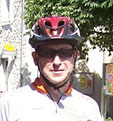Once the preserve of pro cyclists, power meters are increasingly used by keen amateur cyclists looking to harness power data in their training programmes.
With so many options on offer, ranging from hub or crank-based systems to single or dual-sided pedal power meters, the choice can be daunting. Our resident coach Andy Tomkins talks through some of the key questions to ask when considering training with power.
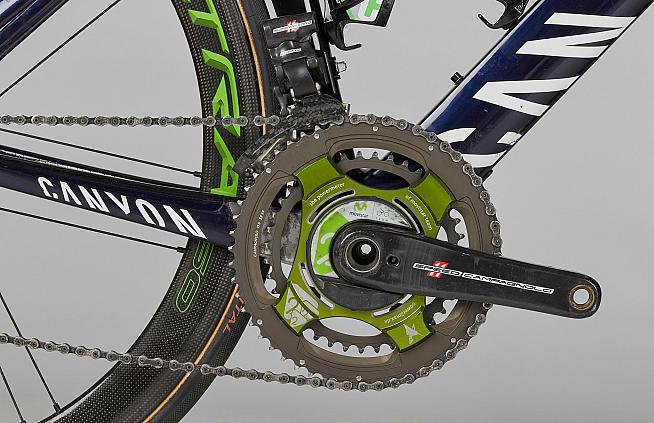
Q1: Power meters are expensive: can they be purchased second hand?
Let's get the elephant out of the room first: yes, power meters are expensive. And although they are steadily coming down in price, buying second hand is certainly a sensible option for many. I actually bought my own Garmin Vector pedals on eBay, second hand, about four years ago. It's just the usual guidance with eBay though, or any other website offering private transactions, or simply buying through the 'Classified Ads' of your local newspaper.
Always adopt a 'Buyer Beware' approach and, for example, check the history of the seller and ask the questions about "why" he/she is selling the power device. Remember that your rights buying from a private individual are not as stringently protected as buying from a business - but the goods you get must be as they were described to you.
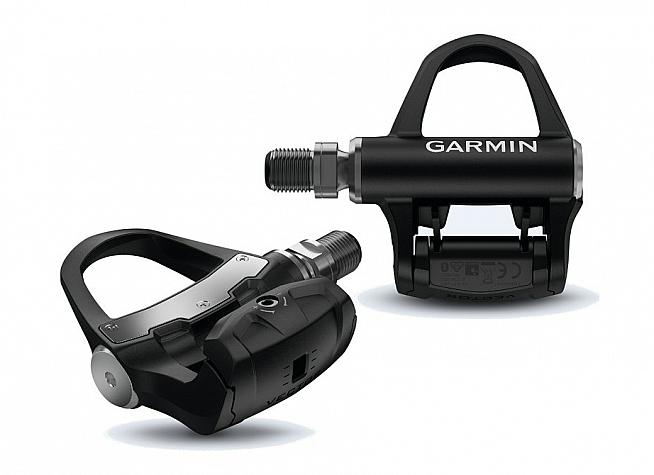
Q2: Which power meter is a good one to buy?
Ah, the piece of string question.
The answer is 'it depends' - on factors such as accuracy, portability and even the conditions in which you ride most of the time. If accuracy of power readings is the most important factor for you, then having the power meter in the chainset, such as Rotor or Quarq is the best place in my opinion.
However, for me, the most important factor was having access to power readings, irrespective of which bike I am using. Hubs, cranks and chainset-based power didn't give me that portability, so I went for Vector pedals. It also means that, as a coach, I can loan my pedals to local clients on occasions, so that we have some absolute measurements of their output.
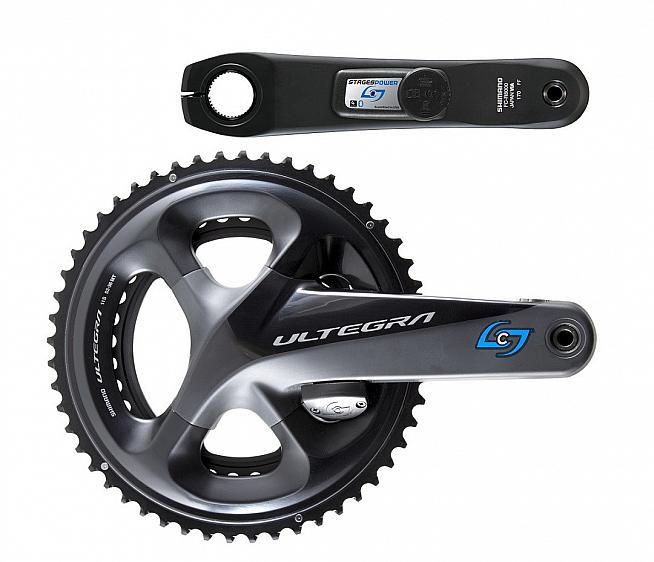
I've stayed on Vector 2 pods and haven't upgraded to Vector 3 yet. I'd heard a few stories that having the battery in the pedal sounds like a good idea, but the trade-off could be that it might not be protected enough from inclement weather by the pedal casing. This could mean that water could ingress, potentially affecting the sensitive electronics. If you live in Girona or the South of France then rain might not be too much of a factor in your decision-making but, in the UK, we have a fair bit of the H2O so I'm waiting for longer term feedback in the forums.
I did use a Powertap power hub for a year or so. It was very reliable but relatively heavy, so I sold it to fund the Vectors because I wanted that portability and not have power readings on just one bike. If you only have one bike, then you could consider having the power meter in the hub, cranks or chainset.
Q3: Some manufacturers claim better accuracy than others. How important is this?
To be honest, I think that concentrating on power accuracy is less important than consistency of readings. I now have 4 years of power data and it doesn't matter whether that data is +-5% or +-10% inaccurate because it has always been taken from one device source, my pedals....
For the clients that I train and coach, it really doesn't make any difference if their 'real' FTP is 240.7W but a device reads 237W or 245W. That might be important for the professionals but for us mere cycling mortals of the world, seeing how your FTP tracks and trends over time is far more important than any individual value that you record.
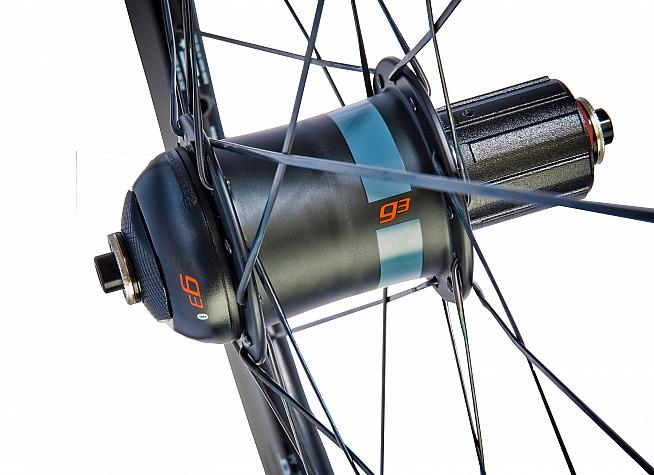
Q4: Does that mean 'one-sided' power meters are OK?
Absolutely.
Power meters such as the Stages L cranks are one sided, with the electronics being in just the left hand crank, so they tend to be less expensive. I'm all for making power based training more accessible to more cyclists as it does take away some of the subjectivity that is inherent in RPE judgements or HR zones. The power is the power, unlike your HR which lags behind your effort and may be subject to other factors such as coughs & cold.
You do have to realise, though, that unless you pedal with perfect balance between your left and right feet, one-sided power meters will provide a less accurate total power reading than a dual-sided system. For example, if the left crank is reporting 150W from your left leg then, broadly speaking, your output will be calculated as double that reading to get 300W total - even though your right leg may be putting out 170W, for a true total of 320W. (It's possible that Strava, Training Peaks and Stages etc have some clever algorithms that do more than just double the number, but that's beyond the scope of my knowledge!)

Total accuracy is less important than consistency, however the advantage of dual left and right power readings is that it can help identify if one leg is dominant - and then I can help train my client to counter it. It's all about being sensible and realistic though - I wouldn't get upset if a client's readings were 52%R and 48%L, for example, but if I coached someone consistently showing 60%L and 40%R, then there is clearly a dominant leg...
Using a one sided power meter would mask this discrepancy, potentially leading to lower levels of performance if the left leg is the 'low' side. Or, possibly, worse, leading to over training and excessive fatigue if the left leg is the 'strong' side.
Q5: Anything else that the power newbie should think about?
Definitely.
When you start using power meters, it can be a bit strange at first, especially when you see the readings go up and down a lot as you pedal along. The electronics are necessarily very sensitive so you might see 250W, then 160W, then 248W, then 220W etc etc. All this shows is just how inefficient we actually are, when we pedal - we inadvertently take the power off, maybe "coast" for a bit, or simply stop concentrating. Most of my clients are amazed when they realise just how often they stop putting out the required power levels. Well, maybe not that amazed as they climb up a local Strava segment but on flatter roads, trust me, it can be eye opening!
I do always recommend that clients experiment with the power display settings of their respective computers. On my Garmin Edge, for example, there's an option to display the average power based on a specified time interval, ranging from 'right now' to an average of the entire ride. The smaller the interval, the more accurate your display will be but the more likely it is to 'jump around', so it's a case of ride a few times and see how much information you can cope with. Do you want to be constantly looking at the power readings? If so, you can set a short average interval. If you are happy with the occasional glance, then set a longer interval. You can, of course, have different averaging rates depending on the training session you are doing.
I find that when clients see these fluctuations happening for themselves, we can really start to identify where, when and why they are losing power... then build training sessions to correct them.
Q6: If I know my power stats then I don't need a coach, right?
Well, first of all you have to know how to use analytic software to interpret the power data. Training Peaks and Strava are both very popular and most of my clients have an account on at least one of them. We all know that if it isn't in Strava then it didn't happen, so I often ask my clients to take my Strava Junkie 'quiz'.
Seriously though, most clients that I know check for Kudos, look for Personal Bests or compare their rides in a leaderboard on Strava. That's all fun stuff to do, but do they then try to adjust their training from that knowledge? Generally not.
The thing that most people forget to factor in, when they consider buying 'off the shelf' training plans, is that they are individuals, not the result of an algorithm or statistical survey. As far as I know, you can't yet 'input' your goal, aspirations and challenges to a downloadable training plan.
You can, however, discuss those things with your coach!
Q7: How would you summarise the value of power meters?
As with most things in life, it's a question of balance weighing up what you need versus what you want (and can afford). A good coach will help you see improvements with nothing more technical than a personalised, goal- oriented training plan and an agreed feedback loop. The feedback can be as simple as RPE - Rate of Perceived Exertion - and that may be all you need to provide in order to complete whatever goal you have set.
You may, however, want to be more scientific and more quantitative - in which case power meters come to the fore. I'm a data junkie, so if a client says they want to switch to power based training, then I'll encourage them to do so after we've discussed their goals and objectives of course.
In summary, Power Meters can be very valuable training aids and they are certainly not going to go away. Do they provide value though? Well, that depends on your definition of value and how much you think that value is linked to cost but, for me, yes they do.
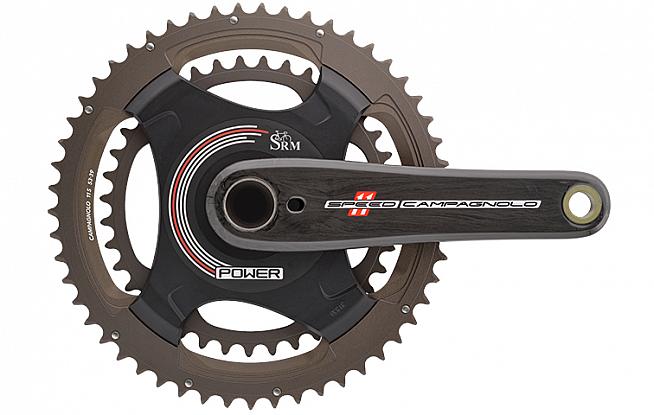
Andy Tomkins is a Level 3 Cycle Coach under the Association of British Cycle Coaches and is also trained as a bike fitter, using the BikeFit systems and approach. His business, Sportive Cycle Coaching, specialises in helping cyclists improve their 3 Fs - Fitter, Further, Faster - and getting more comfortable on their bikes. It's a simple as that!
For further information, please see www.sportivecyclecoaching.co.uk or email Andy on [email protected]
0 Comments

